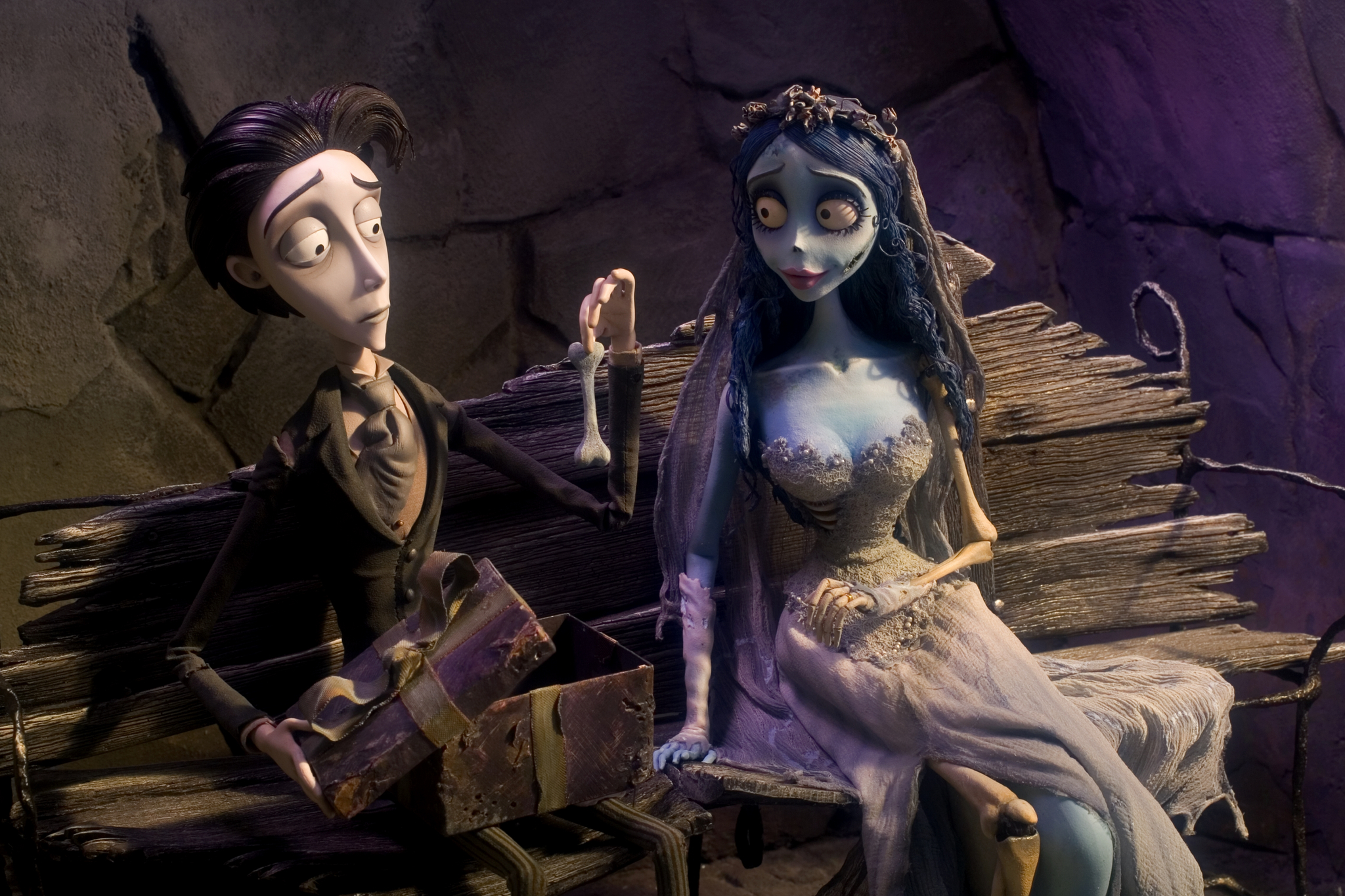Table of Contents Show
While it’s often considered taboo for children’s media to be even the slightest bit terrifying or haunting, children’s media has a long history ((Kryza, Andy. Early, Ally. & Valente, Danielle. “The Best Scary Movies For Kids of All Ages.” Time Out. September 22, 2021.)) of frightening its audience. Yet that hasn’t stopped studios from producing nightmare-inducing cartoons and macabre films for decades. Everyone can think of a show or movie that scared them as a child. So why are production companies still making these frightening flicks?
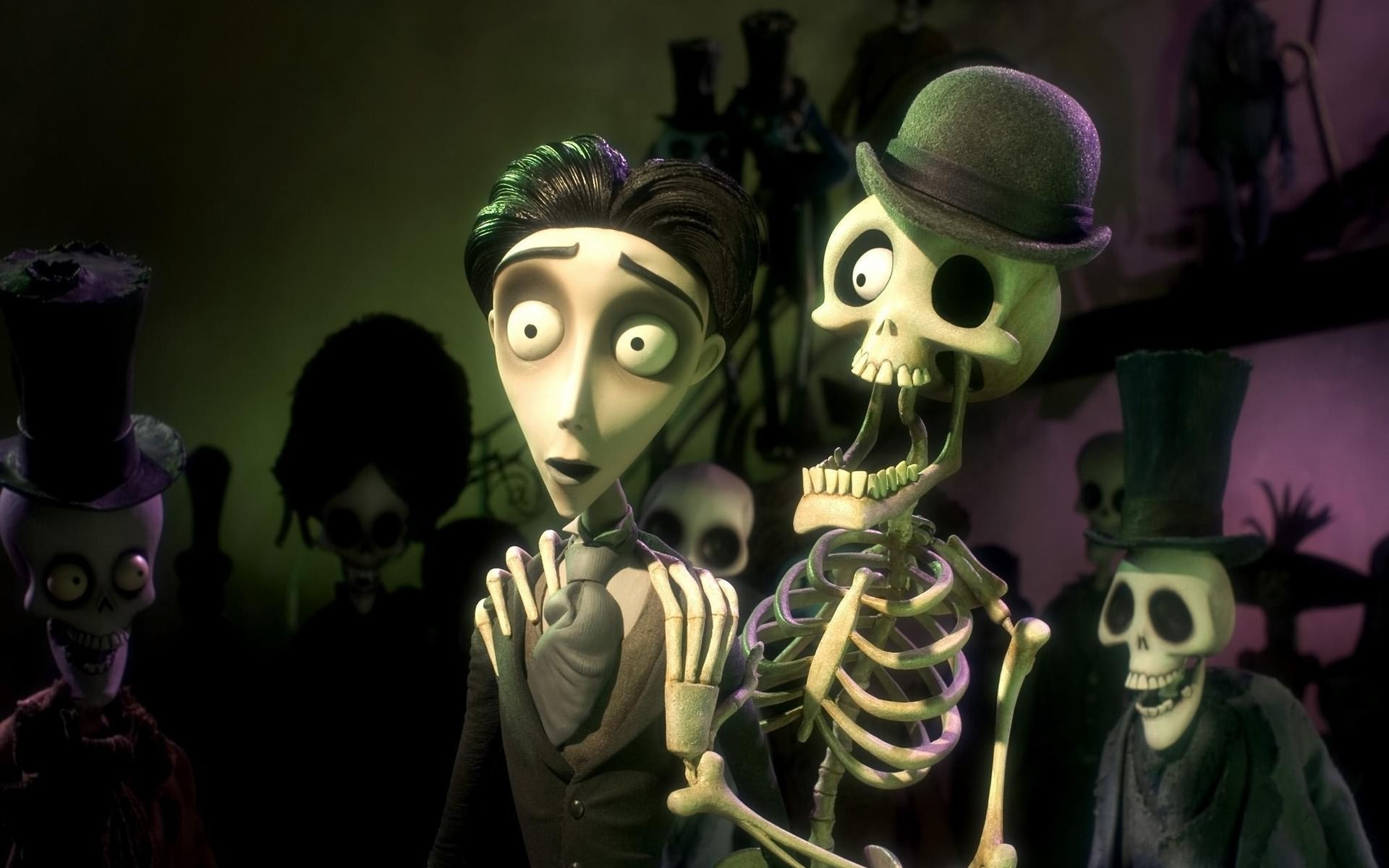
Traditional horror films often prey on our fear of the different or unknown. They are disturbing, tension-filled stories that remind us of all the dangers in our world. However, the children’s horror genre subverts these trends and focuses on embracing the unknown and dangerous. While scary children’s media may seem taboo at times, it also symbolizes a mark of maturity in children. Rather than shy away from scary or even gruesome imagery, the children’s horror genre is defined by the ways it repurposes and revisits classic horror tropes with a new perspective.
Animating Horror
Most classic adult horror films, such as The Exorcist and A Nightmare On Elm Street, are live-action. Yet, the majority of children’s horror movies are animated. Animation is a popular medium for children’s media, allowing for the creation of fantastical characters and settings. Since so much of the horror genre relies on a specific aesthetic as well as multiple special effects to achieve gruesome stunts, it makes sense that children’s horror would use animation to replicate certain practical effects. However, animation does more for the genre than just replacing blood and gore in a film.
Animated stories help younger audiences distinguish the difference between reality and fantasy. ((Evans. “Children Can Discern TV Fantasy, Reality.” The Washington Post. August 9, 1994.)) Animated characters do not look real, and that distinction plays a vital role for small children in reminding them that the events they see on screen are made up. The medium can also help create a sense of humor in a story by infusing traumatic scenarios with funny gags and physical humor. Tim Burton’s Corpse Bride, a stop-motion film, follows Victor as he finds himself accidentally married to a corpse named Emily, who brings him to the underworld upon their union.
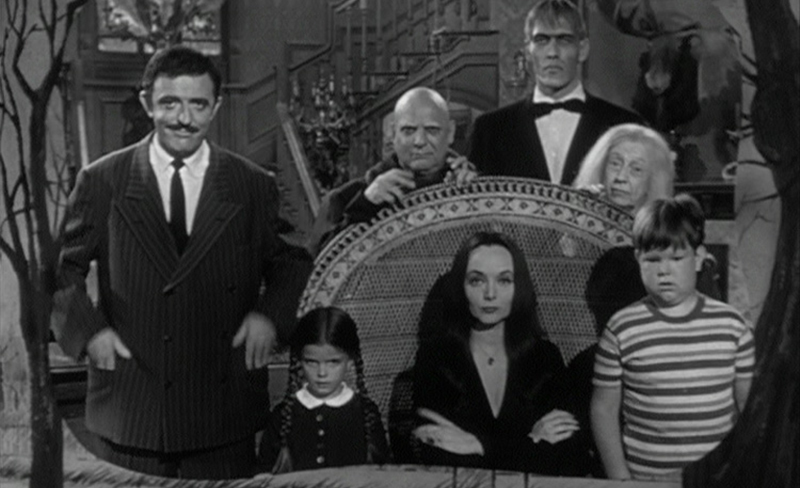
This film features, well, a lot of human corpses. The departed are depicted in a variety of ways, sometimes rotting or dismembered and even as skeletons. Yet, the characters aren’t considered disturbing by any stretch of the imagination. They are shown as an ironically lively bunch who make delightfully silly expressions and are known to play their own bones like instruments. In live action, this might look uncanny (since the act is transposed onto real, human bodies), but in animation it comes off as comedic. So any stabbing or dismemberment that happens to the characters isn’t scary because children know the characters aren’t real. Of course, that does not mean animation can’t be scary. By removing human bodies from the situation, monstrous bodies can achieve new and horrendous feats.
The television show Courage the Cowardly Dog used animation to make its monsters even more inhuman and otherworldly. However, animation is still used to separate reality from fiction in children’s media.
Fun Without Fear
Being funny is, in itself, a defining trait of the children’s horror genre. Traditional horror is often thought to be a serious endeavor, but that is not always the case. Children’s media has helped create a market for horror-comedy, a blended genre that uses the aesthetics of horror but contrasts them with light-hearted or even metacognitive humor. Horror comedy is often aware that something should be scary, but isn’t. Children’s horror-comedy presents itself as original and legitimate, rather than a spoof or parody which has the intention of mocking the horror genre or its audience. The reigning monarchy of horror-comedy must belong to no other than The Addams Family, who have graced audience’s screens for decades in both live-action and animated forms (as well as the original comics).
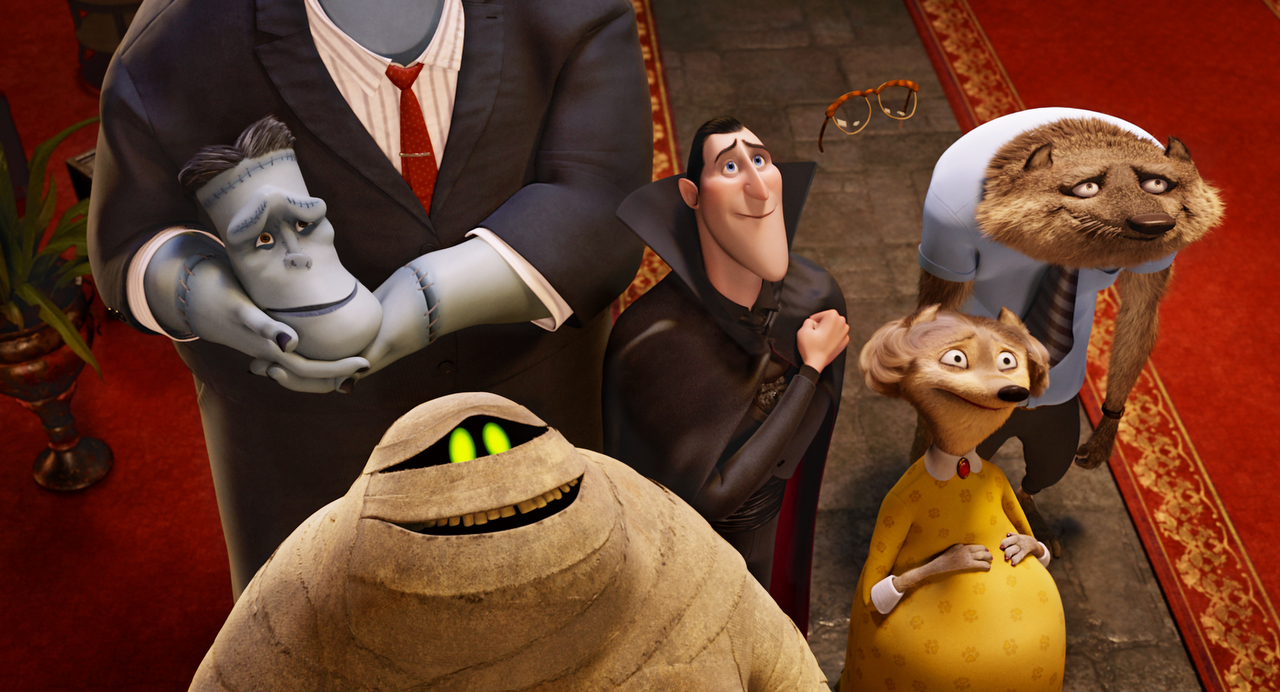
The members of The Addams Family are definitely outcasts, and often scary ones at that. The family wears all black, and they spend much of their free time trying to harm or torture one another. Their comedy derives from the fact that the audience is aware of their habits as being strange or even masochistic, despite the fact that they are an average loving family. In the children’s horror genre, the sense of irony and even black humor is a definitive trait that helps separate it from traditional horror and parody films. By introducing a comedy element, children’s media reminds its audience that even scary and unusual things can be a source of delight.
Embracing The Monstrous
Catherine Lester argues in “The Children’s Horror Film: Characterizing an Impossible Subgenre” ((Lester, Catherine. “The Children’s Horror Film: Characterizing an “Impossible” Subgenre.” The Velvet Light Trap, vol. 78, 2016, p. 22-37.)) that scary films and shows often introduce children to the idea of acceptance. The theme of acceptance is woven throughout the children’s horror genre, whether that be the acceptance of monsters, the unknown, or even other people. Classic horror often invites a fear of the monstrous and different by displaying characters or ideals that go against societal norms and expectations. But children’s media makes the horrifying more acceptable — and even more human. Film and television directed towards younger audiences often contain a theme that teaches the viewer a valuable lesson.
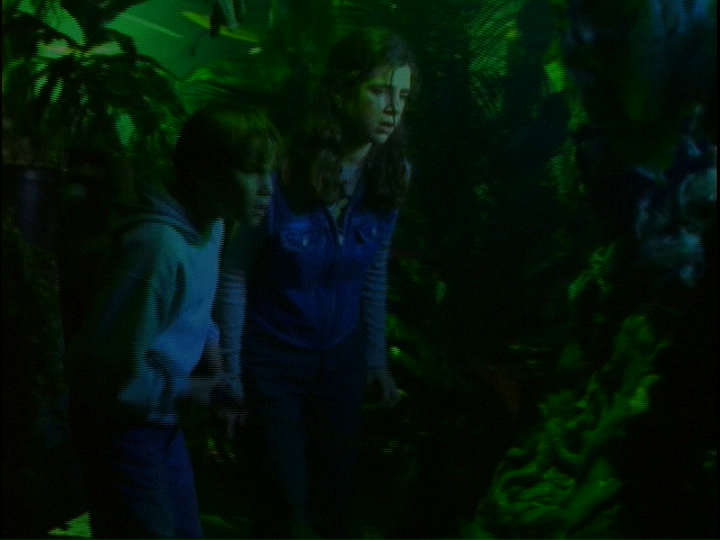
A primary goal of children’s media is to instill positive values through the lens of relatable and likable characters. For most children’s horror, the lesson is obvious: being different is good! The majority of children’s horror films fall into this category, making it one of the defining features of the horror genre. Children’s films tend to avoid more “realistic monsters,” such as serial killers and instead focus on fanciful monsters, such as vampires and ghosts.
Movies such as Hotel Transylvania (a story about Dracula’s dislike of humans, despite his daughter falling in love with one) features monsters as the protagonists of the story. Hotel Transylvania subverts the horror genre by making humans the object of fear and disgust, though Dracula comes to learn that humans aren’t all that bad after all. The popular Monster High brand also makes use of this trope in its movies, television shows, and fashion toy line. The brand reframes classic horror monsters as average teenage girls, and their fashionable lifestyle makes them out to be cool and desirable rather than scary.
Life’s No Fun Without A Good Scare
Of course, not all children’s horror is toned-down comedy. Sometimes these films and movies are well… actually scary. Everyone can think of a movie or show that scared them as a child. Children’s film and television is known to push the boundary for what is considered acceptably scary for younger audiences and provide the thrill that adults look for in their horror films. In “Why We Crave Horror Movies,” Stephen King writes that one of the reasons audiences love horror is “to show that we can, that we are not afraid, that we can ride this roller coaster.” ((King, Stephen. “Why we crave horror movies,” Playboy magazine. January 1981, Playboy Press; First Edition/First Printing edition (1984).)) Children, just as much as adults, are invested in showing they can withstand horror movies. The children’s horror genre has created its own scary imagery. It shies away from images of violence, gore, and mass murder and instead created its own blend of being cheesy yet horrifying.
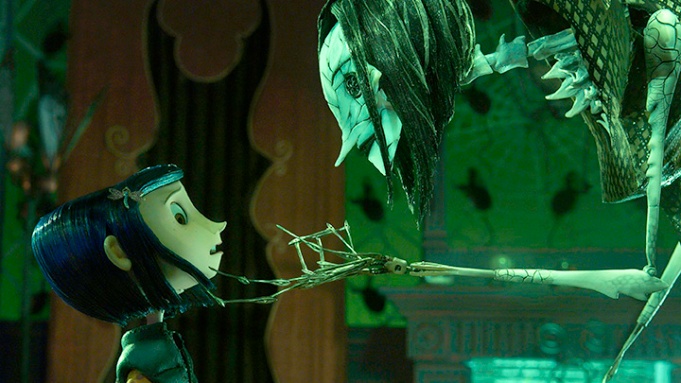
Children’s horror is often a weird yet macabre combination, using bright colors and weird concepts to bring its monsters to life. The Goosebumps series has haunted bookshelves for decades with stories about a cursed camera that predicts a person’s death and piano haunted by a ghost. R.L. Stine created a foundation for the blend of cheesy and utterly terrifying that children’s media possesses. The later TV and film adaptations of Stine’s classic stories continued to haunt younger fans for decades while simultaneously stirring an appreciation for the spooky and macabre. Of course, Goosebumps stands among a long list of the genuinely scary. Coraline and Gremlins both provide a space for younger audiences to enjoy something truly horrifying.
As audiences begin to grow up, they are often looking for spaces to prove their maturity. They know that movies and television aren’t real and can delight in the feeling of fear much as adults do. They learn to accept that not only is it okay to be frightened, but fear can even be fun.
Defining A Genre
The horror genre preys on our fear of the unknown and the monstrous. But children’s media subverts those fears and reminds viewers that just because something or someone is different doesn’t mean that they are bad. The idea that children cannot understand or enjoy topics about taboo is inherently false. Children’s horror is a genre defined by its style, humor, and themes of acceptance. It is a genre defined by a mark of maturity in its audience. Children grow to love and appreciate the horror genre, demonstrating their ability to accept what they find scary and learn to celebrate it.
